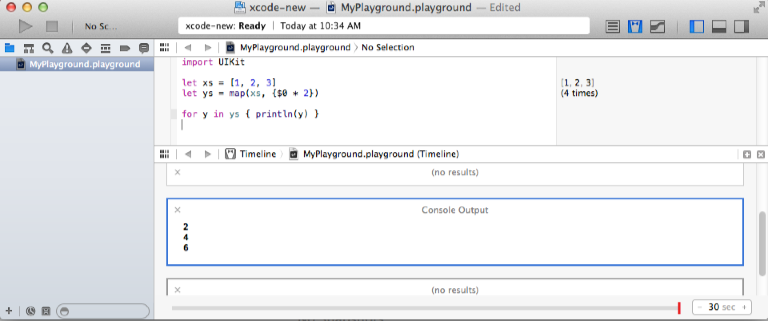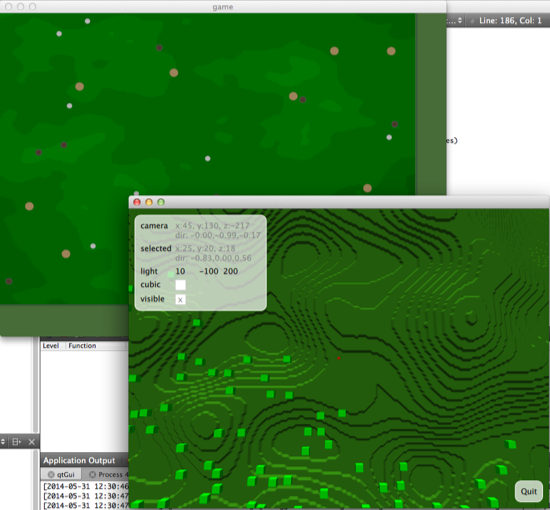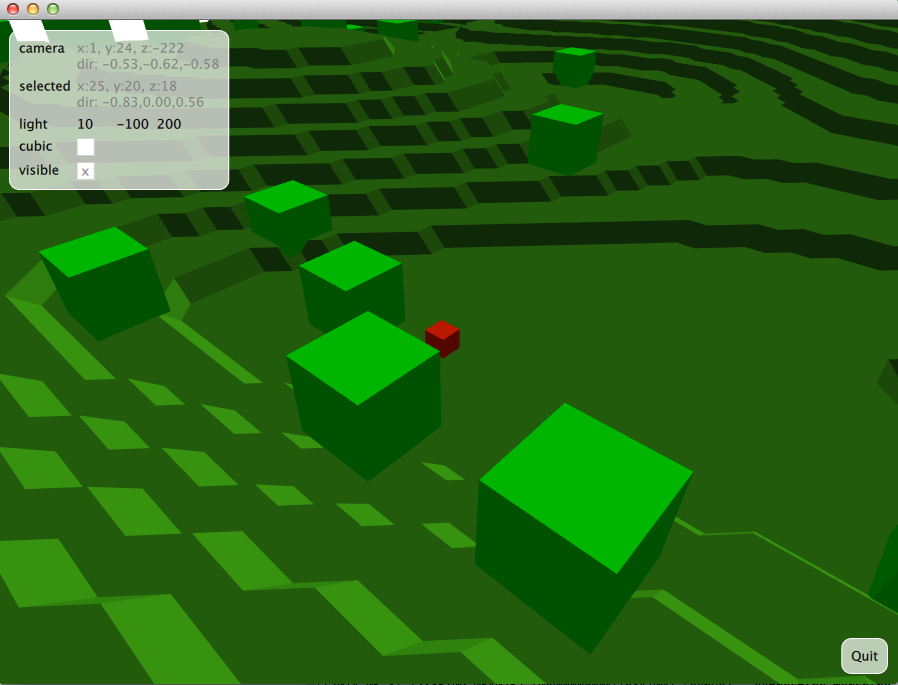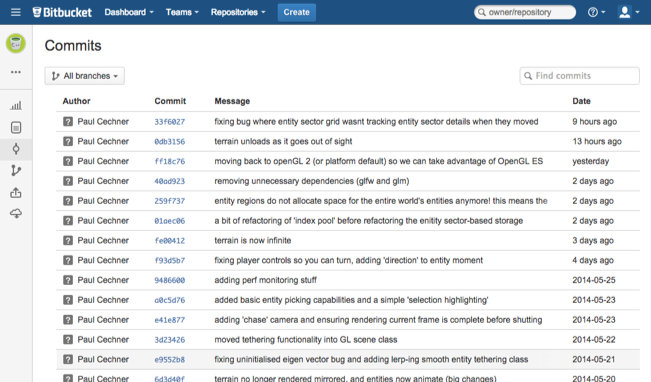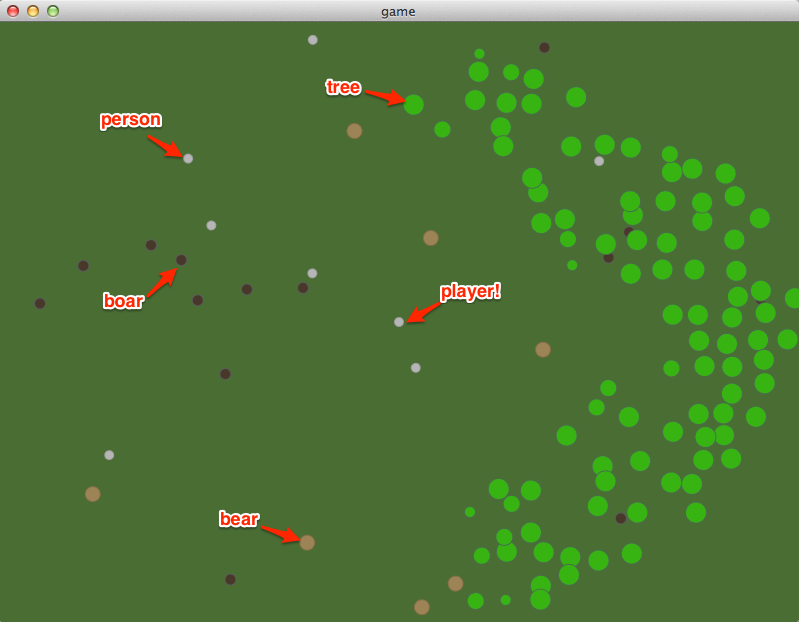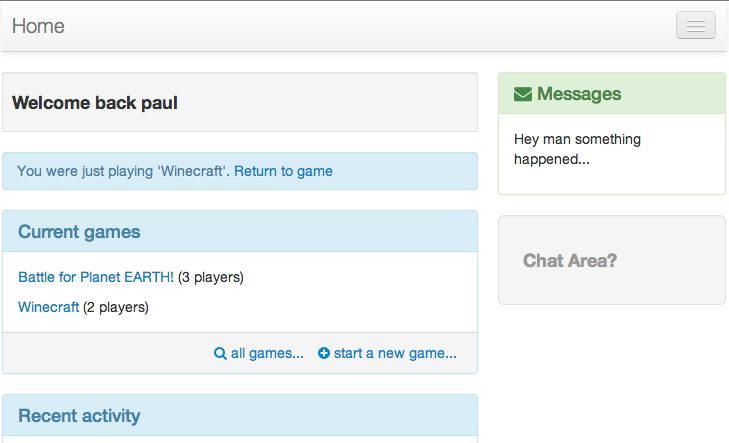Practical Covariance and Contravariance
For a more in-depth rundown on covariance and contravariance explained in terms of category theory have a look at Thomas Patricek’s blog
Covariance and contravariance are things you’ll probably ignore until you start using generics in ernest. Then one day you’ll want to pass an enumerable to a function that takes a slightly different yet related type of enumerable and then BAM – you’re hit with some crazy error messages and then all of a sudden you’re up to your elbows in browser tabs of StackOverflow articles.
To cut straight to the chase, this is the problem:
1 2 | |
Sometimes we want the OO polymorphism substitution rules (AKA Liskov’s substitution principle) to apply to generic types too. Covariance and contravariance provide us a mechanism to allow this substitution to take place.
To be more specific, [co|contra]variance are necessitated due to the interaction of two different forms of polymorphism – object inheritance and generic typing. And yet sometimes you want to combine the two – while MyType<T> and MyType<U> share no inheritance relationship and therefore are not substitutable for each other, sometimes you want to treat them as if they are substitutable if T and U are themselves related.
So a covariant or contravariant generic type (e.g., a IEnumerable<T>) might be bound to other references of that type (e.g., IEnumerable<U>) when there is an inheritance relationship between the two predicated types. This allows you to pass your IEnumerable<Employee> to a function that actually accepts an IEnumerable<Person> without the compiler complaining that they are different types.
The rule of thumb with inheritance is that if U inherits from T you could say that U is-a-kind-of T. With covariant and contravariant types, I like to think of them in terms of can-be-used-as-a relationship. To determine if MyType should be covariant or contravariant you could ask if Dog is-a-kind-of Animal, is it true that MyType<Dog> can-be-used-as-a MyType<Animal>?
Covariance and contravariance are two different ways that differently specialised generic types should themselves be substitutable for each other like derived types are:
Covariance: MyType<T> is covariant if typing MyType<Base> x = new MyType<Derived>() makes sense (this looks very much like standard substitution rules.)
An example of this is an IEnumerable-derived type, and is classified as having methods that return the predicated type, or getters (hence C# uses the out keyword.)
The implication is that the relationship between the covariant generic types is the same as the relationship between their predicated types, e.g.:
1 2 3 4 5 | |
Contravariance: MyType<T> is contravariant if typing MyType<Derived> x = new MyType<Base>() makes sense.
An example of this is the .Net generic Action type, and is classified as having methods that accept the predicated type as a parameter, or setters (hence C# uses the in keyword.)
Contravariant types are probably less common than covariant types, and imply that the relationship between the generic types is the inverse of the relationship between their predicated types. E.g.:
1 2 3 | |
